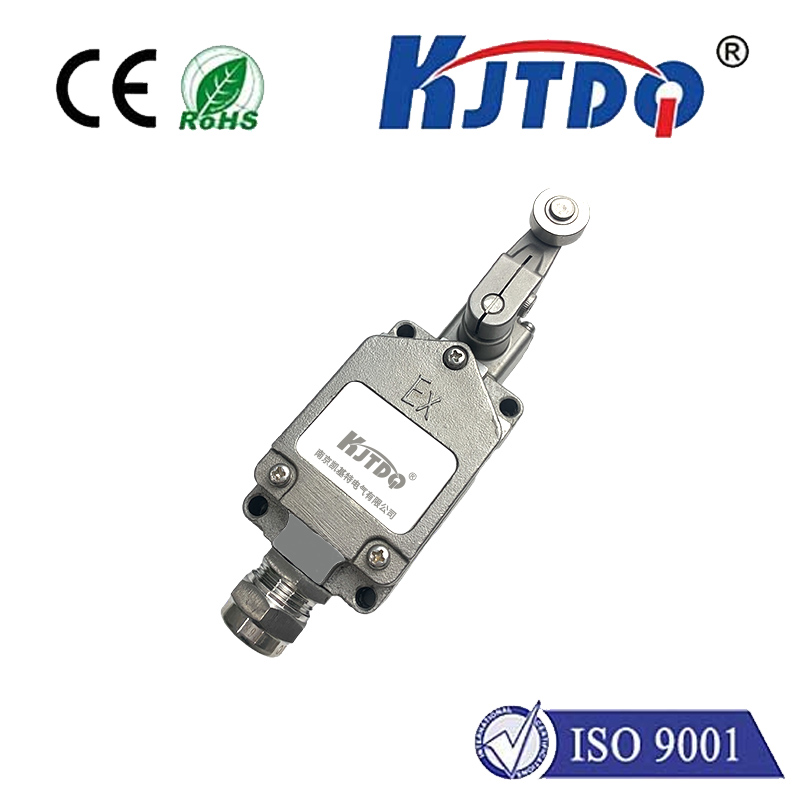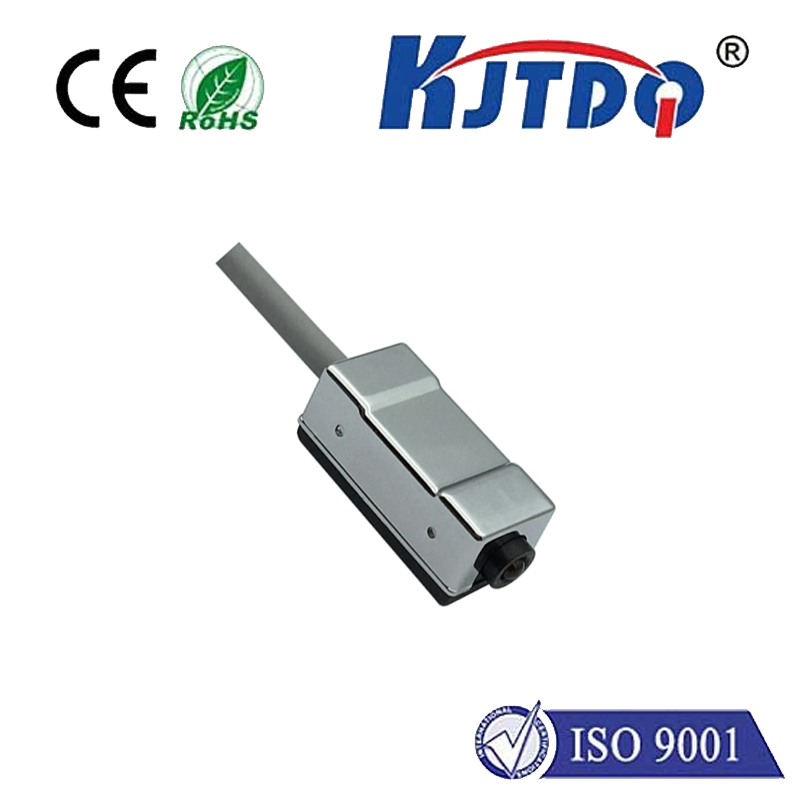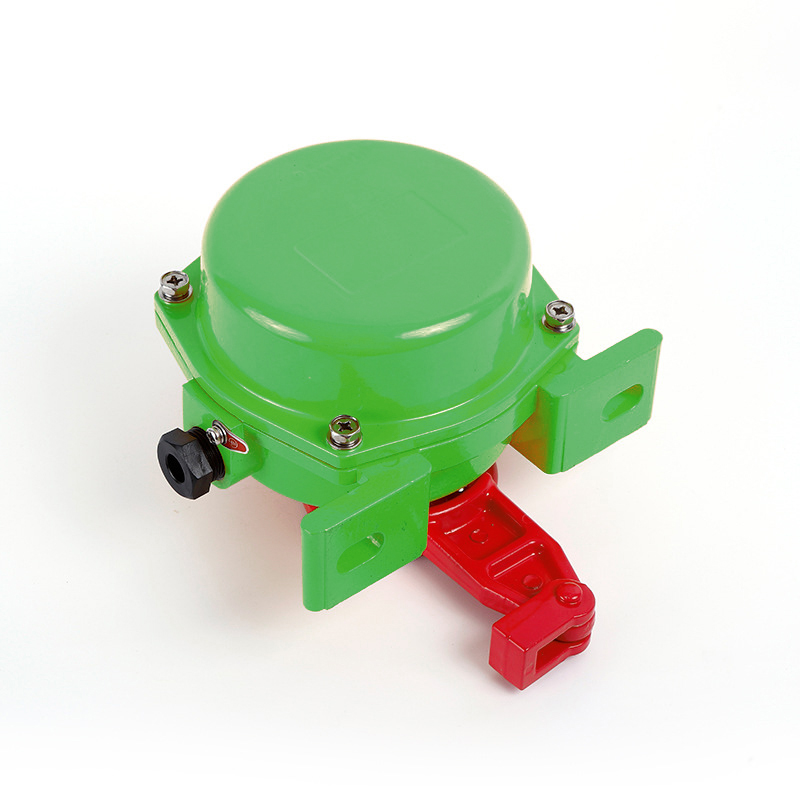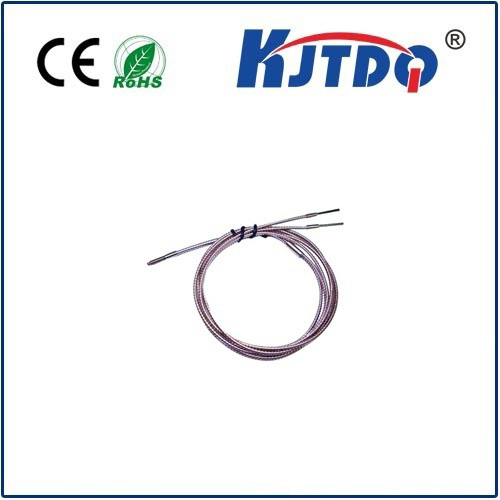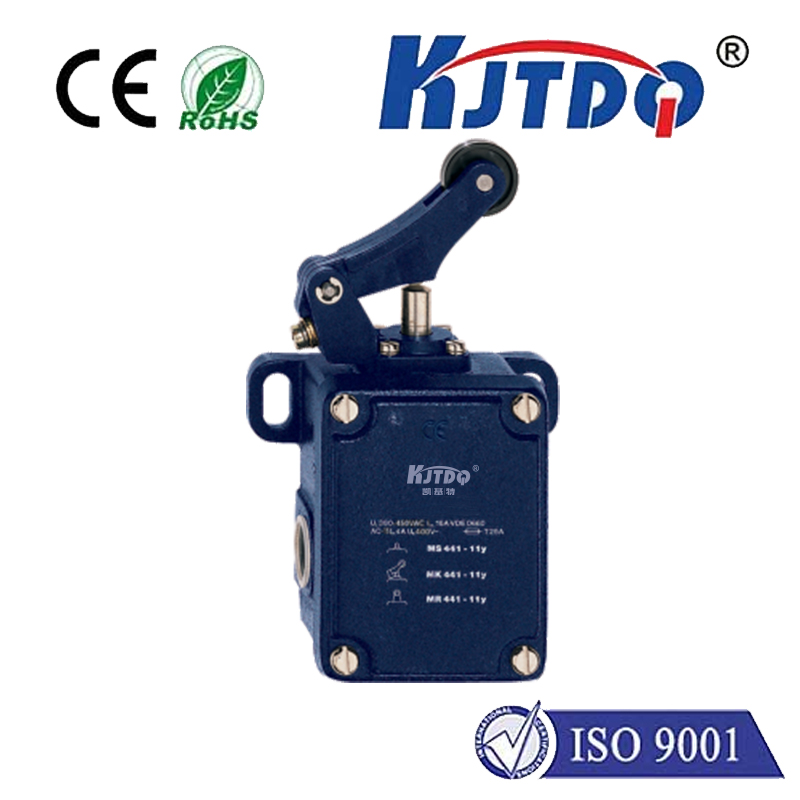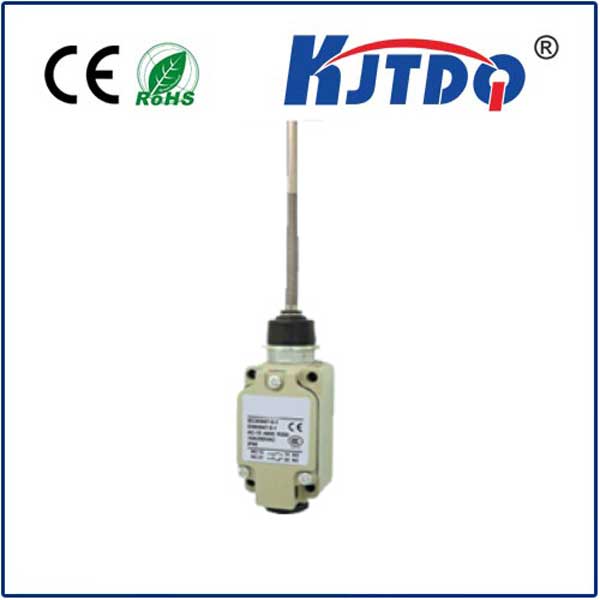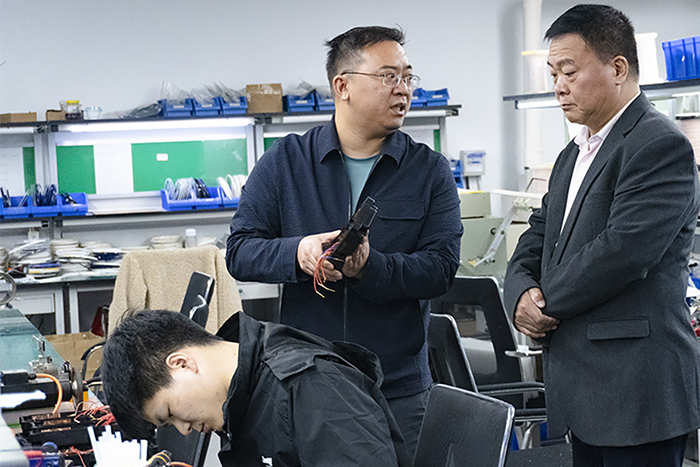
check

check

check
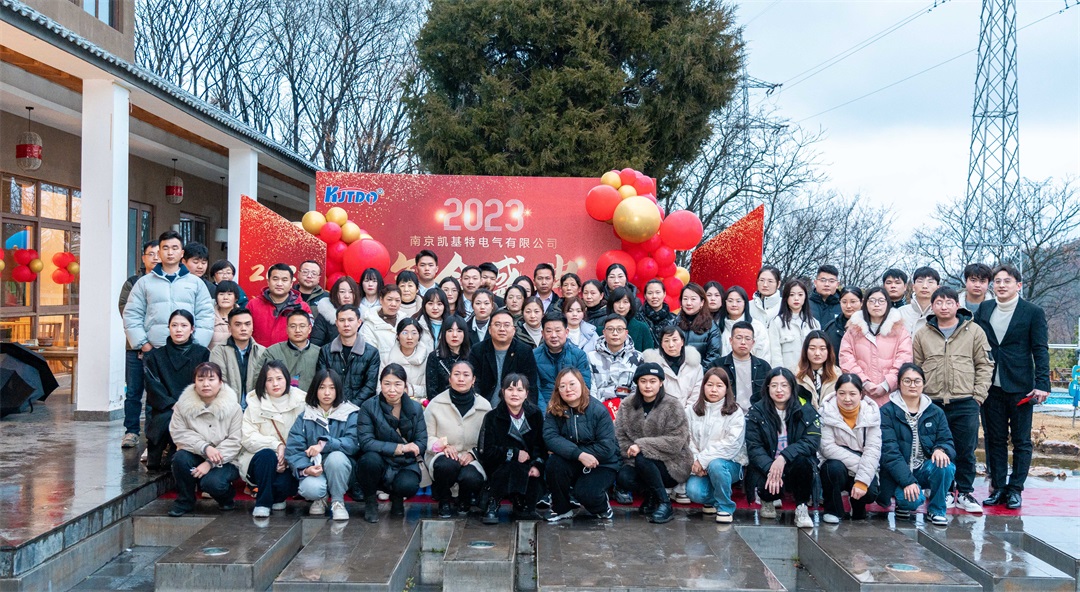
check
ST VL53L0X: The Ultimate Time-of-Flight Sensor for Precision Ranging How do modern devices—from smartphones to robots—sense and navigate their surroundings with such accuracy? The answer lies in cutting-edge optical sensing technology, and the ST VL53L0X stands at the forefront of this revolution. As the world’s smallest Time-of-Flight (ToF) laser-ranging sensor, this compact powerhouse is redefining how machines measure distance, detect obstacles, and interact with environments. Whether you’re an engineer, a tech enthusiast, or a curious innovator, understanding the capabilities of the VL53L0X unlocks insights into the future of automation and smart systems.
At its core, the VL53L0X is designed to deliver sub-millimeter precision in distance measurement. Unlike traditional infrared or ultrasonic sensors, it uses a 940nm laser diode and a single-photon avalanche diode (SPAD) array to calculate the time it takes for light to bounce off a target and return. This ToF method eliminates errors caused by ambient light or surface reflectivity, making it ideal for applications requiring reliability in dynamic conditions. With a measuring range of up to 2 meters and a compact 4.4 x 2.4 x 1.0 mm package, the sensor fits seamlessly into space-constrained designs. Its low power consumption (typically 20mW in active mode) further enhances its appeal for battery-powered devices like wearables or drones.
The versatility of the ST VL53L0X has made it a favorite across industries:
Smartphones and Tablets: Enables autofocus assist, gesture recognition, and proximity sensing.
Robotics: Powers collision avoidance, navigation, and object detection in autonomous robots.
Industrial Automation: Used for level monitoring, conveyor belt object counting, and safety systems.

Consumer Electronics: Enhances AR/VR experiences, smart lighting, and home automation. One standout example is its role in lidar-like systems for low-cost drones. By integrating the VL53L0X, manufacturers achieve precise altitude hold and obstacle detection without the bulk or expense of traditional lidar.
While alternatives like ultrasonic sensors or IR proximity detectors exist, the VL53L0X offers distinct benefits:
Speed: Measures distances in just 30ms, far faster than ultrasonic sensors (which can take 100ms or more).
Accuracy: Delivers ±3% precision even at maximum range, outperforming IR sensors prone to ambient light interference.
Compact Design: Its tiny footprint allows integration into devices where space is premium, such as earbuds or IoT modules. A study by STMicroelectronics demonstrated that the sensor maintains accuracy within 1% when measuring dark or glossy surfaces—a common challenge for optical systems. This reliability stems from its built-in algorithms that compensate for environmental variables.
For developers, the sensor’s I²C interface simplifies integration with microcontrollers like Arduino, Raspberry Pi, or STM32 boards. ST provides a comprehensive API library, reducing coding effort for calibration and data processing. Here’s a quick example of how to initialize the sensor using Arduino:
#include
#include
VL53L0X sensor;
void setup() {
Serial.begin(9600);
Wire.begin();
sensor.init();
sensor.setTimeout(500);
}
void loop() {
Serial.print("Distance: ");
Serial.print(sensor.readRangeSingleMillimeters());
Serial.println(" mm");
delay(100);
}
This simplicity accelerates prototyping, making the VL53L0X accessible even to hobbyists.
While the sensor excels in most scenarios, users should consider:
Ambient Light: Although resistant to interference, direct sunlight can reduce accuracy. Positioning the sensor away from intense light sources mitigates this.
Multi-Sensor Arrays: When using multiple VL53L0X units, enable the XSHUT pin to assign unique I²C addresses and avoid conflicts.
Power Management: Utilize the sensor’s sleep mode to cut power consumption by 95% in idle states. ST’s community forums and documentation offer troubleshooting guides, ensuring developers can resolve issues swiftly.
As demand grows for smarter, more responsive devices, the ST VL53L0X is poised to remain a critical enabler. Innovations like multi-zone detection (already seen in its successor, the VL53L1X) and AI-enhanced data processing will expand its applications. From healthcare devices monitoring patient movements to agricultural robots optimizing crop yields, the possibilities are limitless. In a market where precision and efficiency are non-negotiable, the VL53L0X isn’t just a sensor—it’s a gateway to building the next generation of intelligent systems. By mastering its capabilities today, engineers and innovators position themselves at the cutting edge of technology’s evolution.
